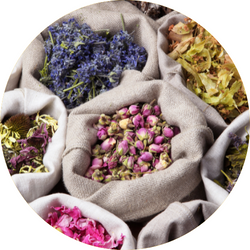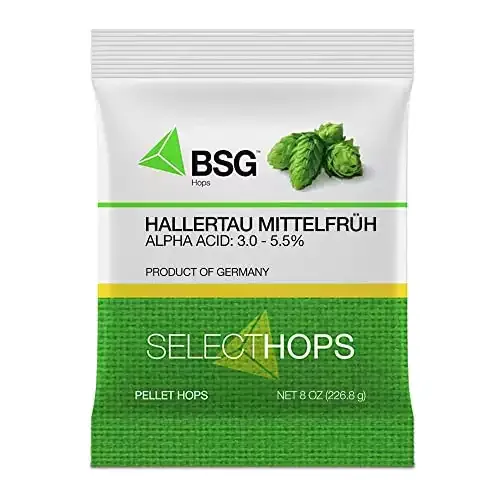
Triumph hops, released in 2019, are a product of the USDA public hop breeding program and have been in development for nearly two decades. With parentage including East Kent Goldings, Brewers Gold, Nugget, and Hallertau Mittelfrüh, this hop variety has noble genetics and is gaining popularity among brewers.
The aroma and flavor profile of Triumph is bright and fruity, with prominent notes of orange, lime, and peach, followed by hints of spice and pine. While delicate, it is versatile and can be used in various beer styles. Triumph is a higher-alpha aroma varietal with high myrcene and humulene content and low cohumulone, making it suitable as a standalone hop or in blends.
Triumph hops are good for making lagers, pale ales, hazy IPAs, fruit-forward ales, and IPAs.
| Usage: | Dual-Purpose |
| Country of Origin: | United States |
| Hop Growers Code: | TRI USDA NUG-033 |
Where To Buy Triumph Hops
Triumph Flavor And Aroma
Triumph is a dual-purpose hop that is often described to have the following aroma characteristics:

citrus

herbal

tropical
Triumph Hop Oil Breakdown
Hop oils can vary from year to year and farm to farm but based on our research, here are the typical values we have seen reported. This information comes from various hop farms, The Hop Aroma Compendium, and For The Love Of Hops.
| Alpha Acid % (AA) Alpha acids are what is isomerized when boiling to create bitterness in beer. | 9% – 12% |
| Beta Acid % Beta acids are what give hops their more aroma and flavor compounds. | 3% – 5% |
| Alpha-Beta Ratio This ratio of alpha acids to beta acids determines how quickly bitterness fades during aging. Lower ratios are common for aromatic varieties. | 2:1 – 4:1 |
| Co-Humulone as a % of Alpha Higher numbers are said to impart a harsher bitterness. | 22% – 26% |
| Total Oils (mL/100g) With more total oils, typically comes a more complex hop profile but these are highly volatile compounds. | 0.8mL – 1.8mL |
| Myrcene green, resinous | 25% – 40% |
| Humulene woody, piney | 28% – 34% |
| Caryophyllene woody | 8% – 10% |
| Farnesene floral | 0% – 1% |
| Other Oils: Includes beta-ionine, beta-pinene, limonene, linalool, geranoil & selinene | 15% – 39% |
| Hop Storage Index (HSI) The HSI indicates the percent of alpha and beta acids lost after 6 months of storage at room temperature (68°F or 20°C). | Retains 74% of its alpha acid after 6 months of storage at 20ºC (68ºF). |
| Hop Storage Index (HSI) Rating | Good |
Triumph Hop Substitutions
Replacing one hop for another is seldom straightforward but sometimes you don’t have the right hop or the right quantity of hops for the beer you want to make. For those situations, we have made a comprehensive list of hops to substitute on brew day.
These substitutions aren’t perfect as hop chemistry is pretty complex.
We wanted to make this list of substitutions with varietals that are easy to find when possible. For Triumph, we recommend substituting with the following hops:
Beer Styles
For the most part, any hop could have a place in just about any beer style. Based on popular beers, historical usage, and our own preferences, we would recommend using Triumph for IPA, New England IPA, Pale Ale, Wheat Beer, Golden Ale. That being said, experiment and see what works best for you.
References
https://www.hopslist.com/
https://www.ars.usda.gov/
https://www.brewersassociation.org/
https://www.barthhaasx.com/
https://www.yakimachief.com/
Hieronymus, Stan. For The Love of Hops. Brewers Publications, 2012
The Hop Aroma Compendium. 2012


